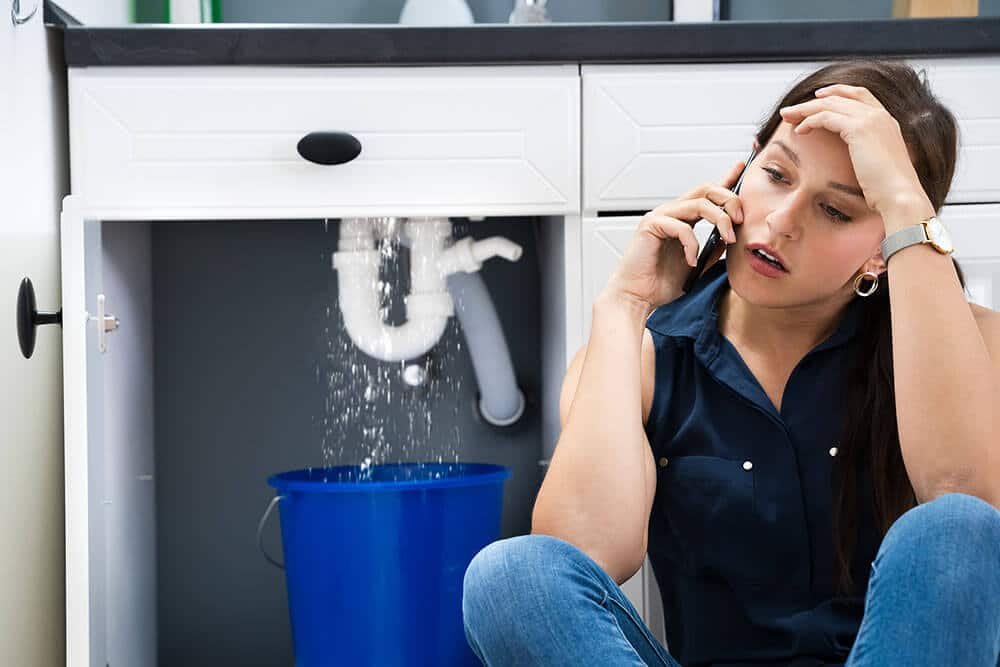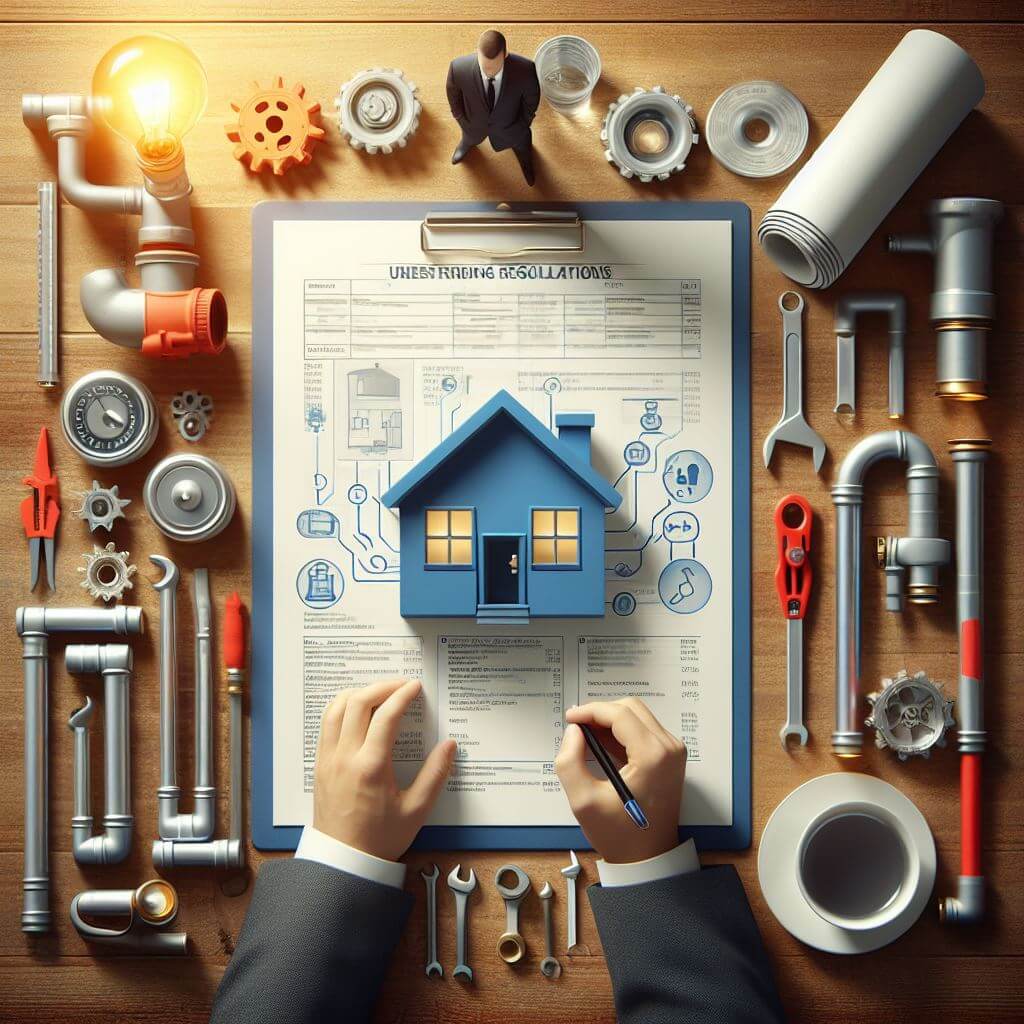Exploring the Essentials of Home Plumbing: A Beginner's Introduction
Exploring the Essentials of Home Plumbing: A Beginner's Introduction
Blog Article
The publisher is making a number of good pointers relating to What to Know About Plumbing: Basics, Tips, and Insights as a whole in this content down below.

Plumbing is a necessary facet of any type of home, in charge of supplying clean water for alcohol consumption, cooking, and bathing, along with removing wastewater securely. Understanding the fundamentals of home plumbing is crucial for every single homeowner to make sure appropriate maintenance, troubleshooting, and, if required, repair services. In this beginner's guide, we'll cover the essential principles of home plumbing to help you become a lot more knowledgeable about just how it works.
Water System
The supply of water system brings tidy water into your home from a municipal water source or a private well. It contains a main water line that connects to your home's plumbing system, generally situated underground. A water meter determines the amount of water taken in, while a shut-off shutoff enables you to control the flow of water right into your home.
Plumbing Components
Plumbing components are devices that deliver water to various parts of your home and consist of sinks, taps, bathrooms, showers, tubs, and home appliances such as dish washers and cleaning devices. Each fixture is attached to the supply of water system using pipelines and installations and might have its shut-off shutoff for maintenance or emergencies.
Water Heater
The water heater is accountable for heating water for domestic use, consisting of showering, cooking, and cleansing. Common kinds of water heaters consist of tank-type hot water heater, tankless (on-demand) hot water heater, and heatpump hot water heater. The hot water heater is linked to the water system system and provides warm water to plumbing fixtures as required.
Water drainage System
The water drainage system gets rid of wastewater from your home and brings it away to a sewage therapy facility or septic system. It includes a network of pipes, installations, and fixtures that transport wastewater from plumbing fixtures to the major sewer line or septic system. Appropriate drain is necessary to protect against obstructions, backups, and sewer leakages.
Air flow System
The ventilation system assists maintain appropriate air pressure and prevent sewage system gases from entering your home. Vent pipes, additionally called vent stacks, expand from plumbing fixtures to the roofing system, permitting sewer gases to run away securely outdoors. Ventilation pipelines likewise enable air to enter the water drainage system, helping with smooth wastewater circulation and stopping suction or vacuum cleaner effects.
Typical Plumbing Devices
Having the right tools accessible is important for performing standard plumbing repair services and upkeep jobs. Usual plumbing tools include flexible wrenches, monkey wrench, pliers, pipeline cutters, hacksaws, bettors, augers (or drainpipe serpents), and Teflon tape. Having these tools conveniently available can help you deal with small plumbing problems effectively.
Standard Plumbing Repairs
While some plumbing repair services might need expert help, several common concerns can be addressed with standard do it yourself strategies. Discovering how to fix a leaking faucet, unblock a drainpipe, change a bathroom flapper, or repair a trickling showerhead can conserve you money and time on plumbing repairs.
Conclusion
Understanding the essentials of home plumbing is crucial for every house owner to keep a risk-free, useful, and efficient plumbing system. By familiarizing on your own with the supply of water system, plumbing fixtures, drainage system, ventilation system, typical plumbing devices, and basic fixings, you can confidently address minor plumbing concerns and guarantee your home's plumbing system operates smoothly.
Understanding Basics of Home Plumbing System: A Beginner's Guide
The Main Components of Your Home Plumbing System
The Water Supply System
This system is responsible for transporting fresh water into your home. It usually has a main water line that splits into two branches: one directed towards cold water services and the other connected to a water heater for hot water. The pressure is key here; it ensures water reaches all parts of your house.
The Drainage System
Once water has been used, it becomes wastewater that needs to be removed from your home. This is where the drainage system comes into play. It includes all the pipes that carry wastewater and sewage away from your house to sewage treatment facilities or septic tanks.
The Vent System
The vent system prevents sewer gases from entering your home and helps maintain the pressure balance that allows wastewater to flow out properly. These vents usually exit through the roof of your house.
Water Heating System
For those who enjoy hot showers or using hot water for cleaning, the water heater is a crucial part of the plumbing system. It can be a tankless system, which heats water on demand, or a traditional water tank model.
Common Plumbing Problems and Basic Troubleshooting
Plumbing systems, while designed to be durable, can face issues like clogged drains, leaky faucets, or low water pressure. Here are some basic troubleshooting tips:
Clogged Drains
Use a plunger or a plumber's snake to try and dislodge whatever is blocking the drain. Regular cleaning can prevent clogs.
Leaky Faucets
Often caused by worn-out washers or gaskets, these can usually be replaced by someone with basic DIY skills.
Low Water Pressure
This might be due to sediment build-up in your fixtures or a leak somewhere in your water line. Cleaning out aerators or seeking a professional to detect leaks might be necessary.
Preventive Maintenance Tips
Maintaining your plumbing system is key to avoiding emergencies. Regularly check for leaks, avoid disposing of grease down the sink, and have your system inspected by a professional plumber at least once a year.

I was made aware of that editorial on What to Know About Plumbing: Basics, Tips, and Insights from a good friend on another domain. Kindly take a moment to promote this article if you liked it. I enjoy your readership.
Call Today Report this page